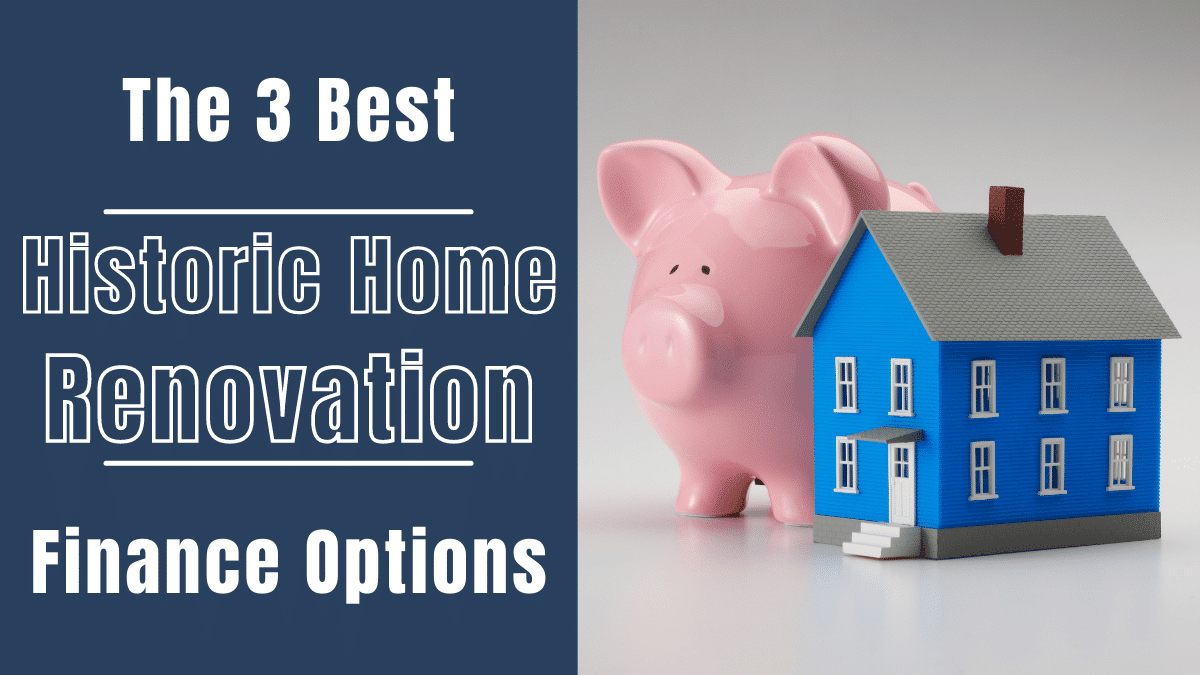Best home renovation financing options: A Comprehensive Guide
Exploring the realm of home renovation financing options, this guide aims to provide a detailed overview of the various ways homeowners can finance their renovation projects. From personal loans to home equity lines of credit, we will delve into the pros and cons of each option, helping you make informed decisions for your home improvement endeavors.
Types of Home Renovation Financing

When it comes to financing home renovations, there are several options available to homeowners. Each type of financing has its own set of benefits and drawbacks, so it's essential to understand the differences between them before making a decision.
Personal Loans
Personal loans are unsecured loans that can be used for a variety of purposes, including home renovations. These loans typically have fixed interest rates and repayment terms, making it easier to budget for the project. However, personal loans may have higher interest rates compared to other financing options.
Home Equity Loans
Home equity loans allow homeowners to borrow against the equity in their home. This type of financing usually has lower interest rates than personal loans because the home serves as collateral. Home equity loans come with fixed repayment terms, which can help homeowners plan their budget accordingly.
Home Equity Lines of Credit (HELOC)
HELOCs are similar to home equity loans but function more like a credit card. Homeowners can borrow against their home equity as needed, up to a certain limit. HELOCs have variable interest rates, which can be both an advantage and a disadvantage depending on market conditions.
They provide flexibility in terms of borrowing and repayment.
Renovation Loans
Renovation loans are specifically designed for home improvement projects. These loans can be used for both purchasing a home that needs renovations or refinancing an existing mortgage to include renovation costs. Renovation loans often come with competitive interest rates and may allow borrowers to finance both the purchase price and renovation expenses.Overall, the best financing option for home renovations will depend on the homeowner's financial situation, the scope of the project, and personal preferences.
It's crucial to compare the pros and cons of each type of financing to make an informed decision.
Qualifying for Financing
When it comes to qualifying for financing for your home renovation project, there are several key factors to consider. Understanding the eligibility criteria for different renovation financing options, improving credit scores, and assessing income, debt-to-income ratio, and home equity are crucial steps in securing the right loan for your needs.
Eligibility Criteria for Renovation Financing Options
Before applying for renovation financing, it's important to understand the eligibility criteria set by lenders. Different financing options may have specific requirements such as credit score, income level, and the scope of the renovation project. Make sure to review the criteria carefully to determine which option aligns best with your financial situation.
Improving Credit Scores for Better Rates
One of the key factors in qualifying for better financing rates is having a good credit score. To improve your credit score, focus on paying bills on time, reducing outstanding debt, and avoiding opening new lines of credit. Monitoring your credit report regularly can help you identify areas for improvement and track your progress towards a higher score.
Importance of Income, Debt-to-Income Ratio, and Home Equity
Income, debt-to-income ratio, and home equity play a significant role in qualifying for renovation loans. Lenders assess your income to ensure you have the financial capacity to repay the loan. A lower debt-to-income ratio demonstrates your ability to manage debt responsibly.
Additionally, home equity can be used as collateral for some financing options, providing lenders with added security.
Interest Rates and Terms

When it comes to financing your home renovation project, understanding interest rates and loan terms is crucial in determining the overall cost and monthly payments.
Interest Rates Determination
Interest rates for home renovation financing can vary depending on the type of loan and the lender. Factors that influence interest rates include the borrower's credit score, the loan amount, and the current market conditions. Lenders may offer fixed rates, which remain the same throughout the loan term, or adjustable rates, which may change over time based on market fluctuations.
Fixed-Rate vs. Adjustable-Rate Loans
Fixed-Rate Loans
Offer a stable interest rate that does not change over the loan term.
Provide predictability in monthly payments, making budgeting easier.
Typically have higher initial interest rates compared to adjustable-rate loans
Adjustable-Rate Loans
Have interest rates that may fluctuate after an initial fixed period.
Initial rates may be lower than fixed-rate loans, but they can increase over time.
Borrowers should be prepared for potential changes in monthly payments.
Loan Terms Impact
The length of the loan, also known as the loan term, can significantly impact monthly payments and the overall cost of financing. Shorter loan terms typically come with higher monthly payments but lower overall interest costs. On the other hand, longer loan terms may result in lower monthly payments but higher total interest paid over the life of the loan.
Borrowers should weigh the pros and cons of different loan terms based on their financial situation and renovation project needs.
Application Process
When applying for home renovation financing, there are specific steps you need to follow to ensure a smooth process. From gathering the necessary documents to waiting for approval, understanding the application process is crucial.
Steps for Applying for Home Renovation Financing
- Research and compare different financing options available for home renovation.
- Contact lenders or financial institutions to inquire about their application requirements.
- Gather all necessary documents such as proof of income, credit history, and renovation plans.
- Fill out the application form accurately and provide all requested information.
- Submit the application along with the required documents to the lender for review.
Checklist of Documents Required for Loan Applications
- Proof of income (pay stubs, tax returns)
- Credit history and credit score
- Renovation plans and cost estimates
- Bank statements
- Proof of identity (driver's license, passport)
Approval Process and Timeline for Receiving Funds
- Once your application is submitted, the lender will review your documents and financial information.
- The approval process typically takes a few days to a few weeks, depending on the lender and the complexity of your application.
- If your application is approved, you will receive a loan offer outlining the terms and conditions.
- After accepting the loan offer, the funds will be disbursed to you according to the agreed timeline.
Using Home Equity for Renovations

Homeowners can leverage their home equity to finance renovations by taking out a home equity loan or a Home Equity Line of Credit (HELOC). These options allow them to borrow against the equity they have built up in their homes over time.
Benefits and Risks of Tapping into Home Equity
When using home equity for renovations, homeowners can benefit from potentially lower interest rates compared to other forms of financing, as the loan is secured by the value of their property. This can result in lower monthly payments and overall costs.
Additionally, the interest paid on home equity loans may be tax-deductible, providing further financial benefits.
However, tapping into home equity comes with risks. Since the loan is secured by the property, failure to make payments could lead to the risk of foreclosure. It's important for homeowners to carefully consider their ability to repay the loan before borrowing against their home equity.
How Home Equity Loans and HELOCs Work
A home equity loan provides a lump sum of money upfront, which is repaid over a fixed term with a fixed interest rate. On the other hand, a HELOC acts as a revolving line of credit, allowing homeowners to borrow as needed, up to a certain limit, and only pay interest on the amount borrowed.
Both options use the home as collateral, making them secured loans with potentially lower interest rates.
Final Wrap-Up
In conclusion, understanding the best home renovation financing options is crucial for ensuring your project's success. By weighing the different types of financing, considering interest rates and terms, and leveraging your home equity wisely, you can embark on your renovation journey with confidence.